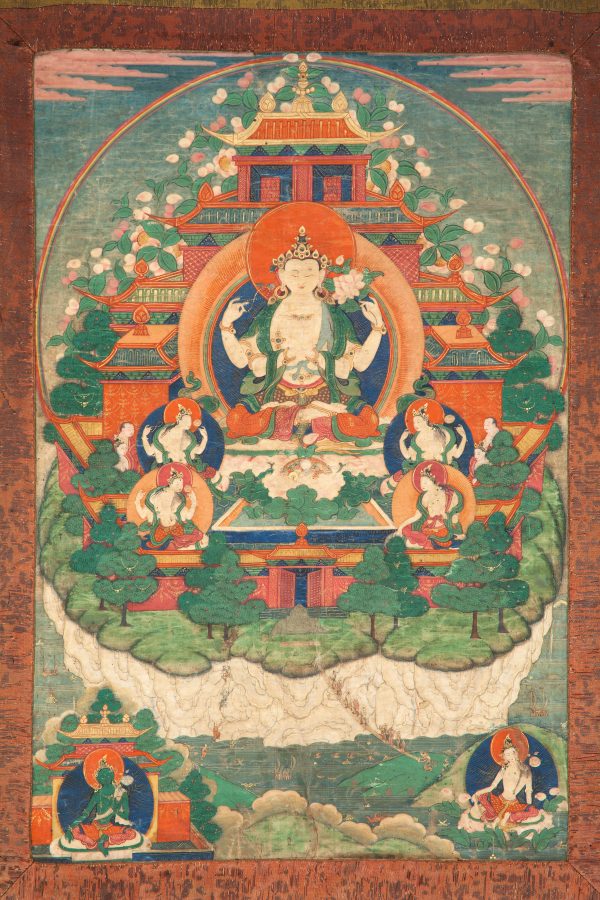Himalayan art visually expresses the religious culture, practices, and traditions of Buddhism, Hinduism, Bon, and other regional indigenous beliefs. It reflects how the movement of artists, artworks, artistic forms, and methods traveled and transformed in different areas, supported by the patronage of rulers, religious teachers, and lay people.
Despite its historical significance and impact in shaping cultural and artistic achievements and cross-cultural exchange in Asia, Himalayan art and its related art forms have been—until now—sparsely taught or seen outside of local contexts. This subject is often presented in isolation, as unconnected to other parts of Asia. Due to the lack of introductory resources for teaching, Himalayan art has been excluded from long-established introductory survey courses of the visual arts and cultures of Asia.
During thematic sessions participants will learn about diverse but connected cultural, religious, artistic, and historical traditions expressed in Himalayan paintings, sculptures, and ritual objects, while gaining competence using Project Himalayan Art’s newly developed integrated resources for educators. These resources intend to remedy the underrepresentation of Himalayan art and provide access to scholarship.
The digital platform serves as a unifying hub for all parts of Project Himalayan Art—which also includes a nationally traveling exhibition and an object-centered publication—offering a comprehensive introduction to the art and cultures of diverse Himalayan regions.
Educators will emerge with a deep understanding of Himalayan art and cultures situated within a broader context of teaching about Asia and their relevance to contemporary times.
The Rubin anticipates that these collaborative explorations will lead to newly created themes and teaching resources beingadded to the growing Teaching Resources section of Project Himalayan Art, amplifying the reach of the institute globally.
The institute will encourage the implementation and application of the faculty’s learnings in their teaching as well as the enrichment of their own research, including writing and presenting at professional conferences, such as the Association for Asian Studies (AAS), AsiaNetwork, College Arts Association (CAA), American Academy of Religion (AAR), and Association for Nepal and Himalayan Studies (ANHS).
Broad themes will span various disciplines—religion, art history, anthropology, history, material culture, and sciences—and include art and religious imagination; storytelling; Himalayan art and rituals for sustaining the environment and communities; the art of medicine; cultural and technological connections through art media; and more. Each can be explored through existing and developing content on the Project Himalayan Art digital platform, which features materials from the traveling exhibition, all 108 object essays from the publication, thematic introductions, an interactive map, teaching resources, an extensive glossary with pronunciations, and connections to Rubin Museum collection objects.



